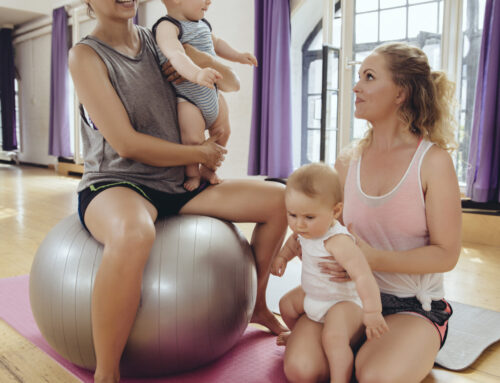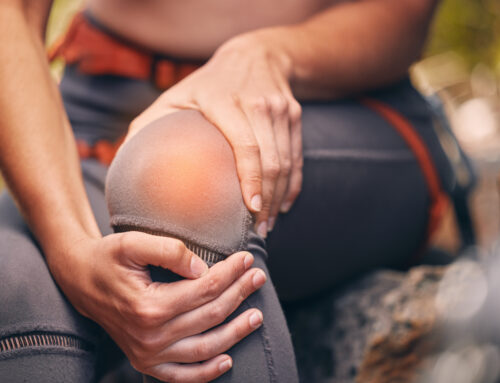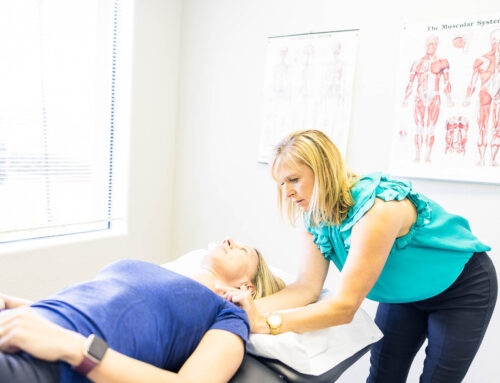In a previous article, I talked about recognizing growing pains in your young athlete. But when kids are growing and playing their sport, they could be faced with a chronic injury. So how do you tell the difference?
Growing Pains vs. Injury
Growing pains should be short in duration and not necessarily in tandem with the volume of sport your kid is playing. Your athlete could have a growth spurt during their season, and while we can’t predict growth spurts, we can anticipate them. Most kids get a little pooch or “spare tire” around the middle and then they shoot up. Feet growth is also a good indicator a kiddo is getting ready to sprout a few inches.
If the growth spurt does coincide with a volume change in sport, like a tournament, don’t ignore their pain. If it is bugging them for more than seven days without significant change, it is most likely not a growing pain and they need to get into a physical therapist and get it addressed before it becomes a recurring problem.
If your child gets hurt, rests and then the same pain comes back, it is considered recurring and we can mostly assume it is an injury and not a growing pain.
The kicker is sometimes a growth spurt can lead to an injury that can become recurrent if it is not treated. When a kid grows during their sports season, they can get (what I call) “baby giraffe syndrome” which is where they start bumping into things and being clumsy because their body map is changing and they are unsure of where their body exists in space. This can lead to injury because their reaction time will be different. Muscles grow secondary to bone so during these periods of growth, the muscles in the arms and legs are trying to play catchup and are subject to more strain.
The Best Medicine for Injury is Rest and Recovery
If your athlete’s body is hurting or doesn’t feel good, do not have them go to practice. Let them have the day for rest and recovery. Let their coach know so they can adjust the workouts to be at 50 – 60% and modify training to avoid injury once they feel good enough to rejoin their team. And if their pain continues for more than a week, get them into a physical therapist to be assessed.
Well-Rounded Training to Avoid Injury
Parents need to understand that sports teams or club teams are not well-rounded exercise programs – they are often hyper focused on conditioning and technique of their particular sport. Your child’s coach knows how to teach and hone technique, but it is so important that your athlete work on their overall fitness and core through cross training outside of practice time. I know this is more time for you and your kid to be at a gym or with a trainer, but cross training and a mix of cardio, strength and mobility is very important to keep balanced movement, strength and stability, and avoid injury.
One of the more proactive things you can do as a parent to help your child avoid chronic injury is to have them assessed five to six weeks before their sports season begins. At Battle Born Health, we do a Selective Functional Movement Assessment (SFMA) that identifies where your athlete is in relation to their body’s growth and the performance they are expecting for their sport. This allows us to develop a program for the athlete to hit their stride when the season starts.





